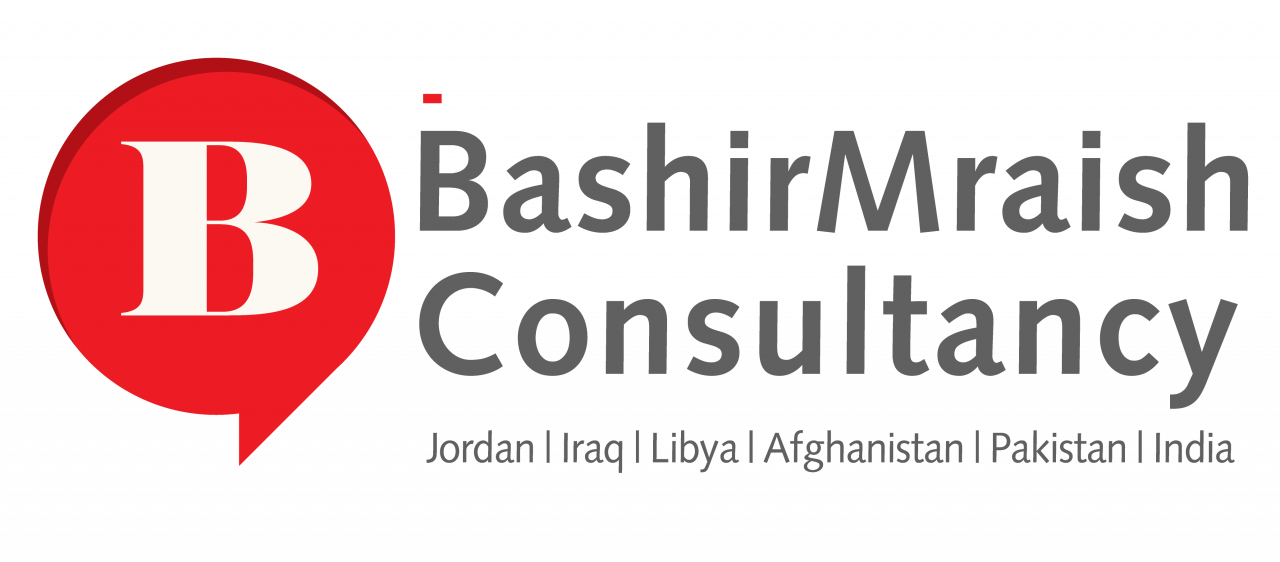The advent of digital technology has led to the introduction of a new discipline known as “digital public relations” (DPR). DPR is concerned with digital platforms and strategies to enhance a brand’s online visibility, expand its reputation, and communicate with its target audience smoothly and quickly. In this article taken from the website of Bashir Mraish Consultancy and PR , we will explore the concept of DPR and how organizations can benefit from it in the modern digital landscape.
Definition of Digital Public Relations:
DPR refer to strategic management using electronic communication channels and social media platforms to build and maintain relationships between an organization and its target audience. This practice covers many activities, including content creation, social media management, collaboration with influencers, online reputation management, and search engine optimization (SEO). They aim at effectively communicating the brand’s message, interacting with the audience, and shaping public perception in the digital world.
Key Components of Digital Public Relations:
- Creating and Distributing Content: Creating compelling and valuable content is at the heart of DPR. Developing high-quality articles, creating blogs, engaging videos, infographics and other digital materials enables organizations to establish themselves as leaders in their field and allow them to interact with their target audience. Distributing content across multiple online channels, such as websites, social media platforms and online publications, is important for maximizing reach and range.
- Managing Social Media: Social media platforms have revolutionized the way organizations and companies interact with their audiences. DPR involves creating and maintaining a strong social media presence by sharing engaging content, responding quickly to comments and messages, and fostering meaningful conversations. Social media platforms also provide opportunities to support the brand and collaborate with influencers, accelerating the brand’s reach and enhancing its credibility.
- Managing Reputation Online: In the digital landscape, a brand’s reputation can easily be affected by online reviews and comments. DPR involves tracking and monitoring online conversations about a brand, and proactively managing its online reputation. By addressing negative feedback, resolving customer complaints, and leveraging positive reviews and recommendations to build trust and credibility.
- Search Engine Optimization(SEO): Search engines play a vital role in DPR by ensuring that brand content tops the first search results in search engines. By optimizing website content, using relevant keywords, and building high-quality backlinks, this improves brand visibility in search engine results. It increases the number of site visits, and enhances the brand’s visibility on the Internet.
Benefits of Digital Public Relations:
- Increased Visibility on the Internet: DPR strategies improve brand visibility online by leveraging various digital channels and optimizing content for search engines. This increased visibility ensures that the brand can be discovered by its target audience, and increases the chances of attracting site visitors and potential customers.
- Promoting Interaction and Brand Awareness: DPR facilitates direct interaction with the target audience through social media platforms and online content. By enhancing engagement, responding to feedback and sharing valuable information, organizations can enhance their brand awareness and build meaningful relationships with their audience.
- Crisis Management in the Digital Era: In times of crisis, DPR allows organizations to respond quickly and effectively to alleviate negative emotions online. By monitoring conversations and comments online and using social media platforms to control the narrative, address concerns and protect its reputation.
- Measurable and Analytical Results: One of the advantages of DPR is the ability to measure and analyze the impact of online efforts. Through a variety of online analytics tools, organizations can track site traffic and visits, social media engagement, and other key performance indicators, thereby assessing the effectiveness of their DPR strategies and data-driven decision-making.
DPR has emerged as a new discipline in the digital era, where vision, reputation management and interaction with an online audience are realized. By harnessing the power of digital platforms, content creation, social media management, search engine optimization, and brand reputation management online, which helps organizations to effectively communicate their message, interact with their audience, and build a strong digital presence. Relying on DPR is essential for any organization seeking to succeed in the digital landscape and stay ahead of the competition.


